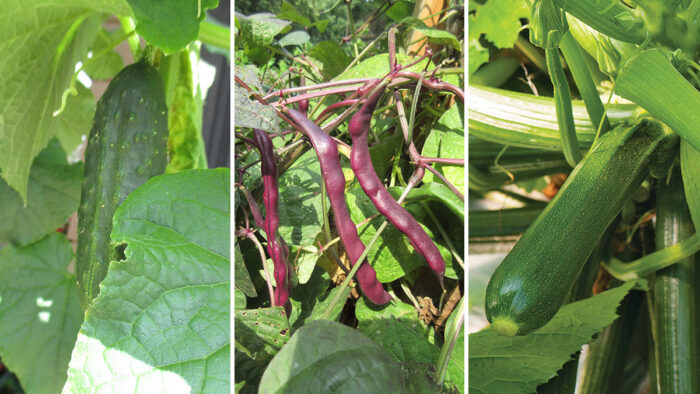
While we might be waiting for tomatoes or peppers to ripen later in the summer, some tasty treasures will be prolific and supply the kitchen in short order. As cooler spring days are replaced by warming temperatures and an explosion of growth out in our gardens, certain fast-growing vegetables will take advantage of the heat, mature quickly, and be ready to eat before you know it. Here are a few suggestions for warm-season vegetables that have a quick “turnaround.”
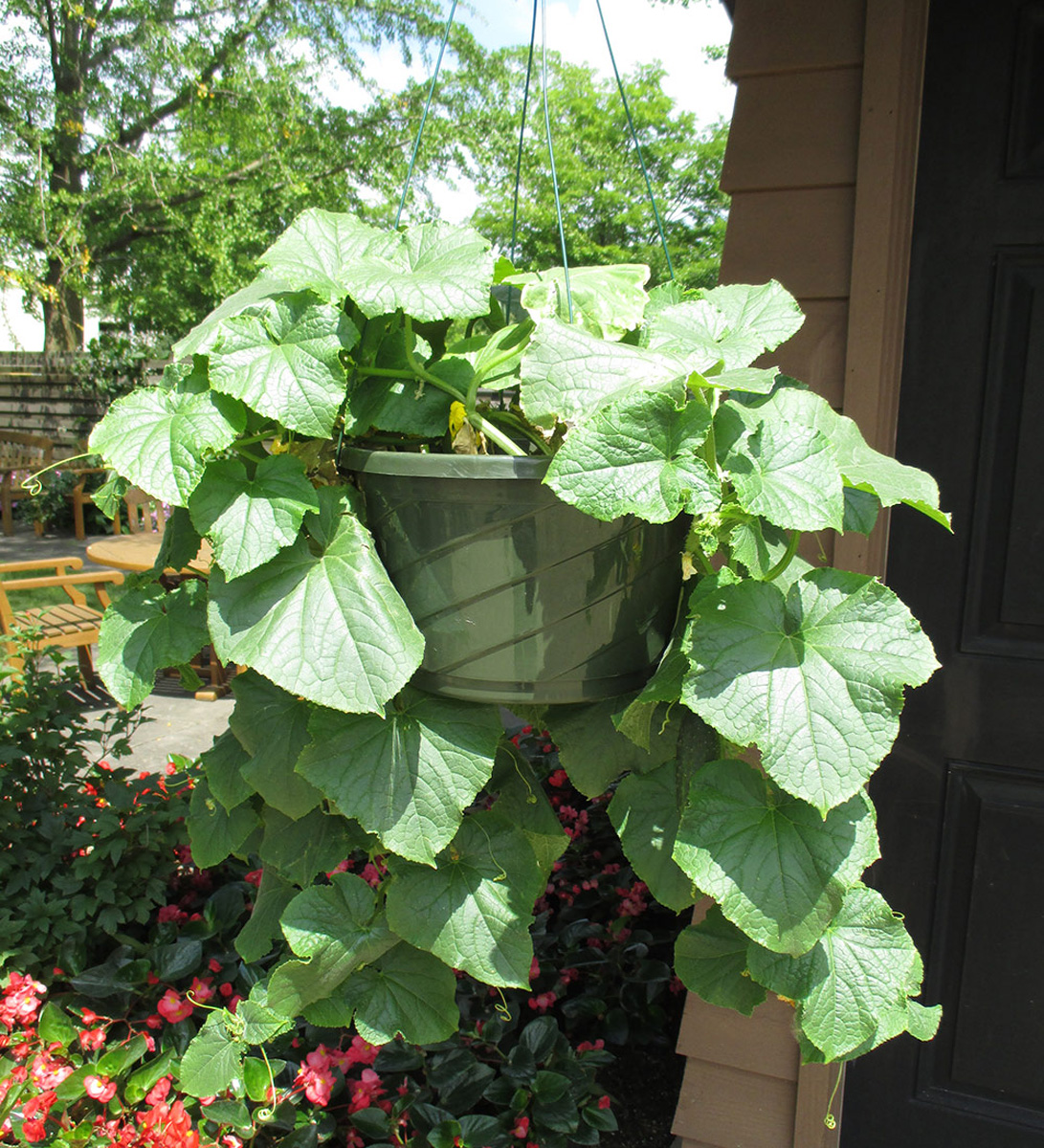
Cucumbers
Time to harvest: 50 to 70 days from sowing
Easily grown from seed, a vast array of cucumber (Cucumis sativus) selections will mature quickly. Sow seed to a 1-inch depth when soil temperatures are consistently above 70°F. Moisture-retentive soil is important, but good drainage is also a must. Slightly acidic soil in the 6.0-6.5 pH range is ideal, although cucumbers aren’t overly picky once established. Consider disease-resistant varieties and explore the range of bush-type and compact forms ideal for containers or even hanging baskets. Selections with longer vine lengths may need trellising and can lend themselves to vertical situations. Be aware of some of the common pests and diseases (like the striped cucumber beetle, and fungal and bacterial leaf spot), and scout often for potential problems.
The most reliable cucumber variety I’ve grown is ‘Straight Eight’, which is an All-America Selection winner from 1935. Its uniform 8-inch-long and 2-inch-wide fruits are as delicious as they are numerous. For pickling, nothing beats the ‘Boston Pickling’ variety from 1877, which still has a very wide fan base for its copious volume of 3- to 4-inch fruits. The best-tasting cucumber I’ve ever had is a Japanese variety called ‘Jibai Shimoshirazu’. With slender, 7- to 8-inch fruits, this variety is sweet, tender, and unforgettable.
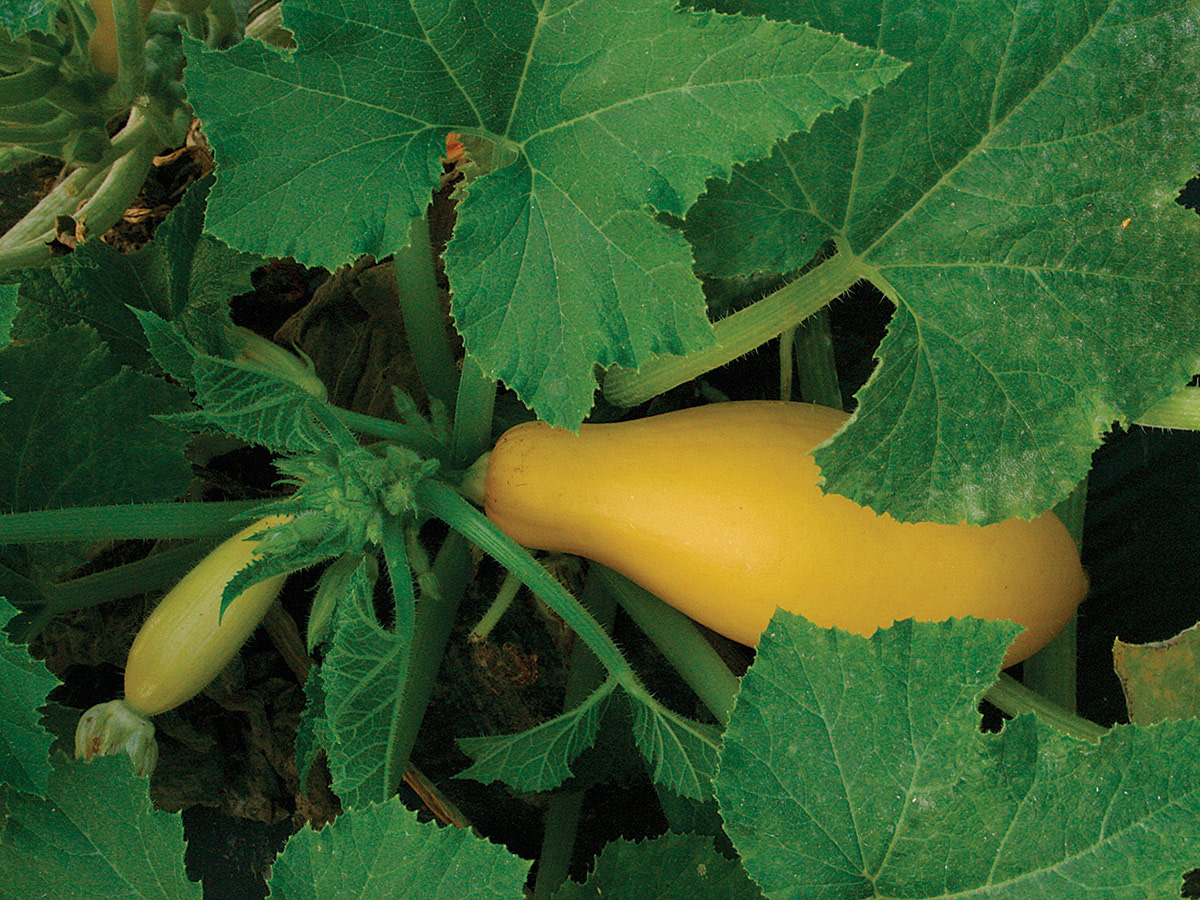
Summer Squash and Zucchini
Time to harvest: 45 to 60 days from sowing
Soft-skinned and tender, summer squashes (including zucchinis) are intended for fresh eating and will not disappoint once they start setting abundant fruit. Seeds for summer squash (Cucurbita sp.) can be sown ½ inch deep, and staggered planting times will create waves of maturing fruits later in the summer. Moisture is vital for these plants, particularly during fruit set and development. Up to 2 inches of water per week is recommended, and enriched soil is ideal for these heavy feeders. Also consider 2 to 3 inches of shredded leaf or straw mulch around plants to retain moisture and keep leaves and fruit from contacting the soil. To help maintain air circulation, keep 30-inch spacing between plants. Be vigilant in looking for squash vine borers and mildew, among other potential concerns, and harvest frequently to keep up with the inevitable bounty.
With so many varieties of summer squash and zucchini to choose from, it’s tough to narrow down the best. My favorite variety for prolific fruiting quickly is ‘Smooth Criminal’, which also is spineless and easy to access. ‘Zephyr’ is an amazing selection with great flavor on a very compact plant that has application for smaller gardens or the larger container. My standard zucchini variety is ‘Fordhook’, a 1942 All-America Selections winner that simply gives solid performance and production every year—feeding my entire neighborhood!
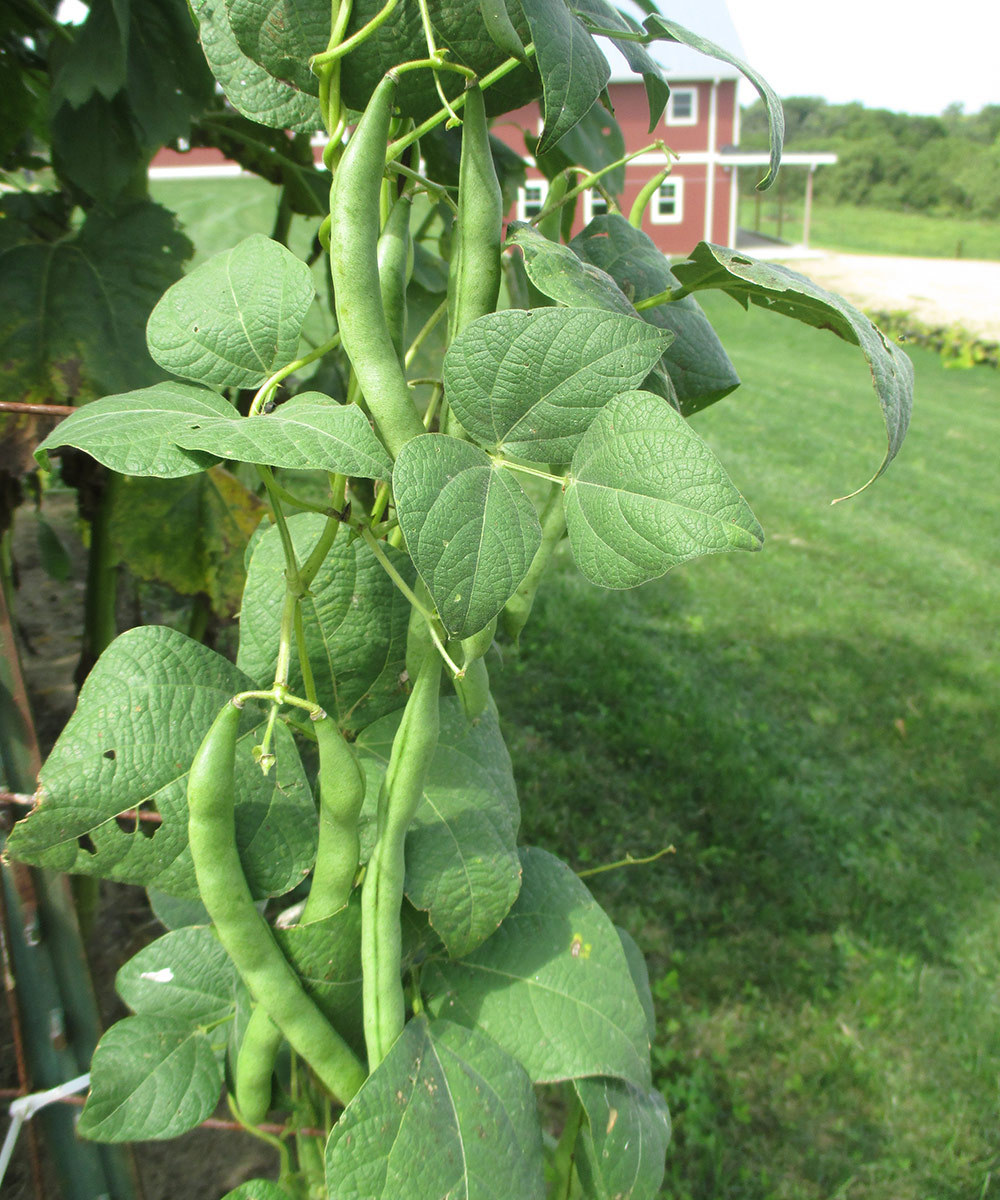
Pole Beans
Time to harvest: 50 to 70 days from sowing, depending on type, variety, and other factors
With near limitless selections of beans for home gardens, pole beans (runner, kidney, snap, yellow wax, string, etc.) are space-saving plants when trained to grow up instead of out. These rampant climbing beans (Phaseolus spp.) require support up to 6 feet or more, and good air circulation between plants should be established and maintained. Well-drained soil with organic amendments is recommended. Seeds can be sown 1 inch deep and 4 to 8 inches apart in rows or clustered around a specific vining structure. Staggered planting times, with seeds sown every 10 to 14 days, will further extend the ample harvest window. Harvesting should be consistent as beans mature. Beans have their share of cultural challenges, but healthy, well-grown plants will thrive and be very prolific.
I use vertical supports (10 feet tall) for my runner and pole beans, and typically I try different varieties every year. However, my go-to selections annually include ‘Blauhilde’ (pictured at the top of this page), an old German heirloom, which is known for tender, stringless, deep purple pods and lots of flavor. ‘Christmas Pole’ is a top-notch lima bean selection, and ‘White Lady’ is the tastiest runner bean selection and has lots of stringless pods.
To discover more great warm-season crops, check out our Fruits and Vegetables project guide.
More on growing vegetables in the Midwest:
- Tips to Keep a Vegetable Garden Healthy and Productive in the Midwest
- Growing Lettuce Through Spring, Summer, and Fall in the Midwest
- How to Grow Mustard Greens for an Easy Early Harvest
And for more Midwest regional reports, click here.
Mark Dwyer is the garden manager for the Edgerton Hospital Healing Garden in Edgerton, Wisconsin, and he operates Landscape Prescriptions by MD.
Photos, except where noted: Mark Dwyer
Fine Gardening Recommended Products

SHOWA Atlas 370B Nitrile Palm Coating Gloves, Black, Medium (Pack of 12 Pairs)
Fine Gardening receives a commission for items purchased through links on this site, including Amazon Associates and other affiliate advertising programs.
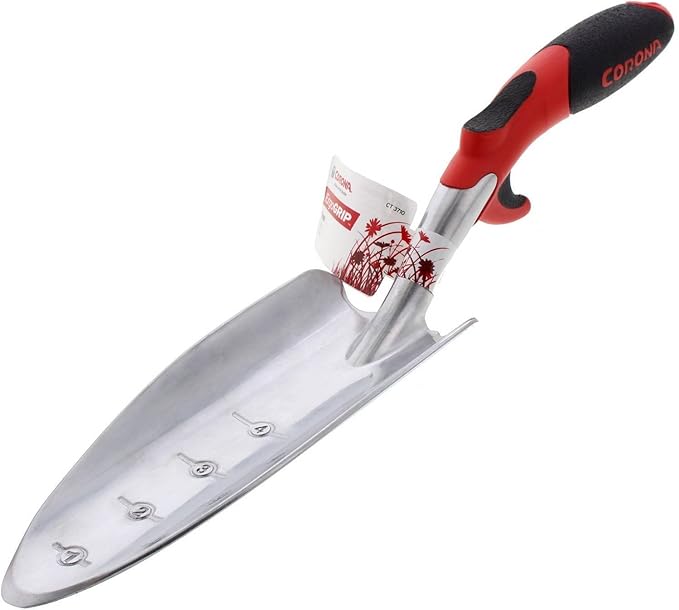
Corona E-Grip Trowel
Fine Gardening receives a commission for items purchased through links on this site, including Amazon Associates and other affiliate advertising programs.

DeWit Spork with Solid Socket
Fine Gardening receives a commission for items purchased through links on this site, including Amazon Associates and other affiliate advertising programs.





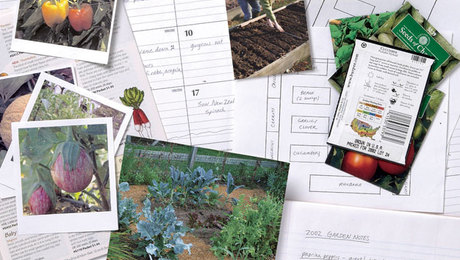
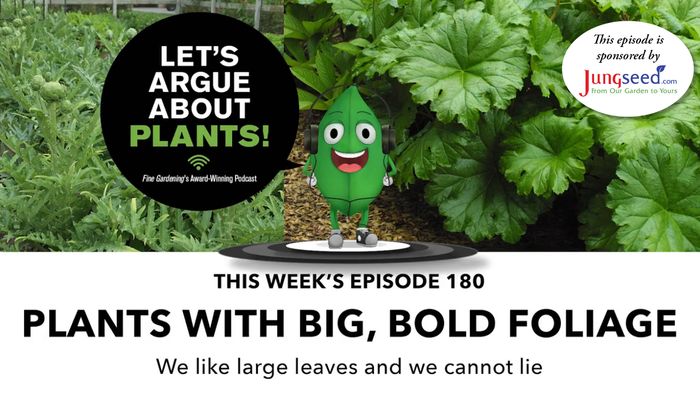
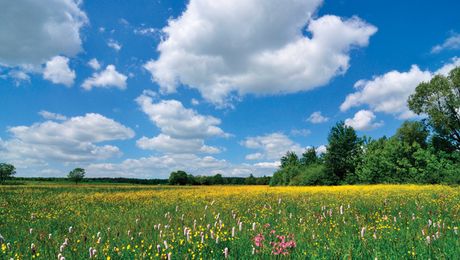











Comments
Log in or create an account to post a comment.
Sign up Log in